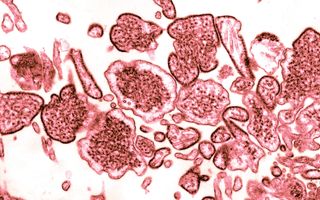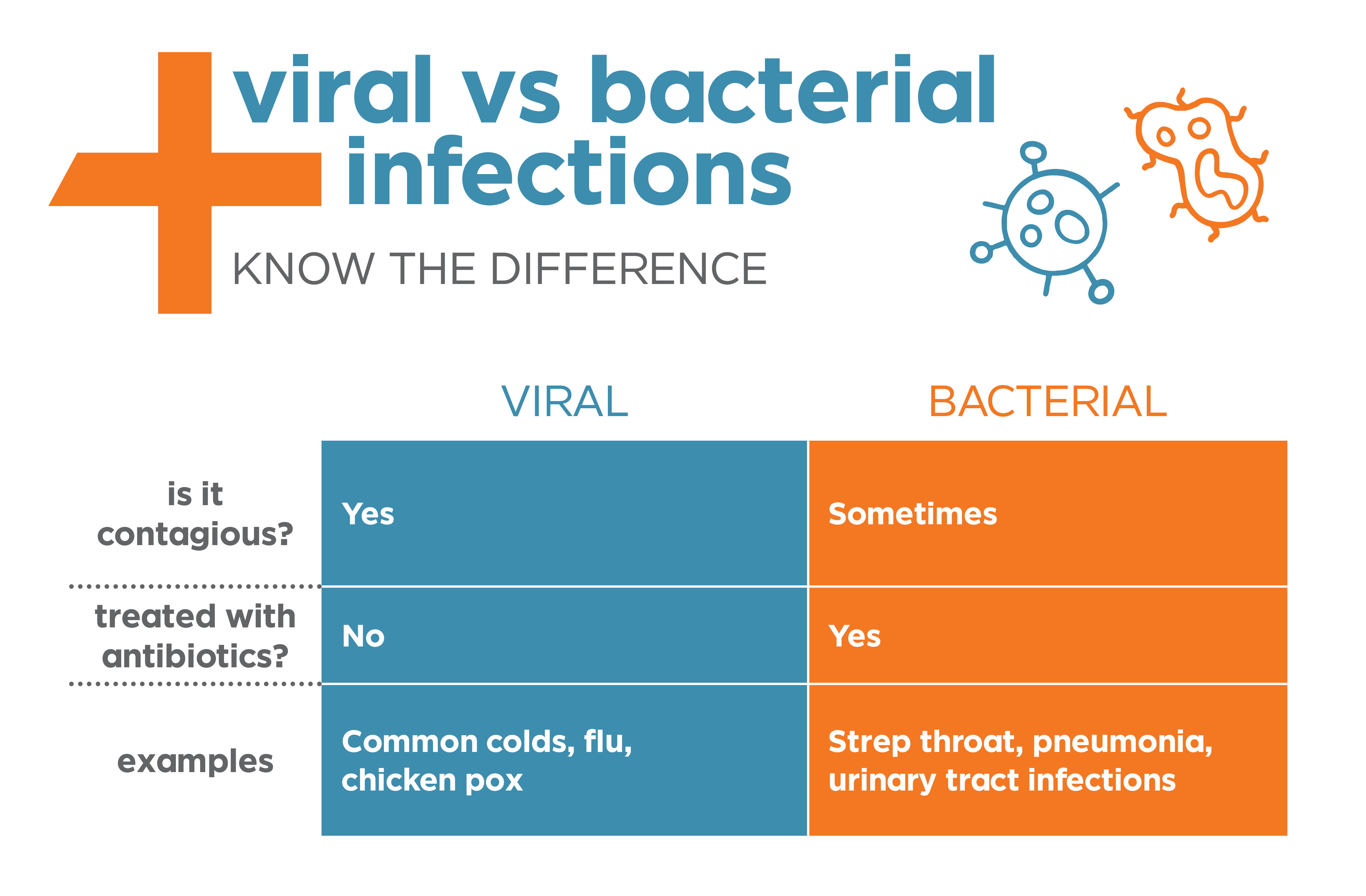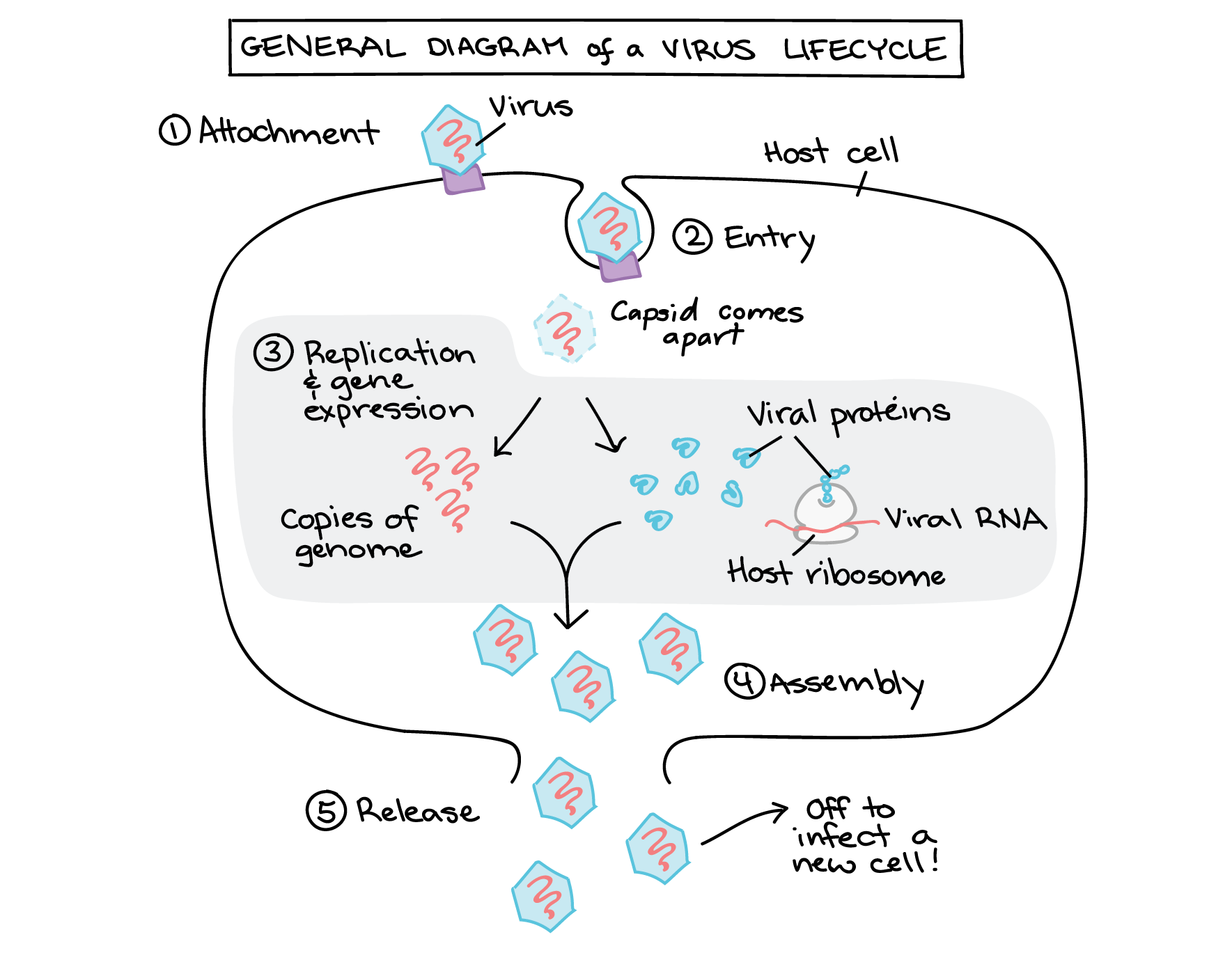The nCoV (or Novel Coronavirus), SARS, Ah1n1, MERS-CoV are just few of the 10³¹ viruses out there, according to Khana Academy. We tend to ask a lot of questions about viruses, where do they come from, and how dangerous they are to us.

(Photo of Nipah virus from Live Science)
Here are ten things you need to know about viruses:
1. Viruses need a host (a person, an animal, a fungi, or even a bacteria) in order to replicate. Viruses reproduce by infecting their host cells and reprogramming them to become virus-making "factories."

Image modified from "Scheme of a CMV virus." by Emmanuel Boutet, CC BY-SA 2.5. (Source: Khana Academy)
2. Most viruses are found in our ocean. Scientists think that every kind of living organism is probably carrying at least one virus.

(The Tara Oceans expedition collected ocean viruses from 2009-2013; Photo from Tara Ocean Foundation)
3. Viruses and bacteria can both make us, humans, sick. Bacteria are bigger than viruses. Bacteria are small and single-celled, but they are living organisms that do not depend on a host cell to reproduce.

(Photo from MedExpress)
4. Some viruses from animals need to undergo genetic changes in order to infect humans. The SARS coronavirus from the horseshoe bats did not infect humans; it is suspected that SARS coronavirus affected humans when it underwent genetic changes through palm civet cats.
 (Photo of a palm civet cat from Britannica)
(Photo of a palm civet cat from Britannica)
5. A viral infection means many viruses are using the cells of your body to make a copy of themselves. These copies will eventually be released to infect new cells or even another person.
 (Photo of a Virus Lifecycle; Photo from Khana Academy)
(Photo of a Virus Lifecycle; Photo from Khana Academy)
6. Ever wonder why it is recommended to get vaccinated with anti-flu? It's because new virus strains form every year. Viruses evolve and undergo natural selection. In fact, viruses evolve faster than humans.
 (Photo from Science Focus)
(Photo from Science Focus)
7. Viruses can spread from human to human either through touch, exchanges of saliva, coughing, or sneezing, sexual contact, contaminated food or water, or insects that carry them from one person to another.

(Photo from Today Online)
8. Just like bacteria, there are certain viruses that are friendly to humans, such as the viruses protecting us against dangerous bacteria like the E.Coli.

(Photo of bacteriophages infecting a bacterium; Photo from Medical News Today)
9. Most viruses that enter the human body trigger a protective response from our immune system. HIV and the viruses attacking the nervous system are immune to our immune system defenses.

(Photo from US National Library of Medicine)
10. Vaccinations are generally the cheapest and most effective way to prevent viruses. Virus vaccinations include a weakened form of the virus, antigens which stimulate the body to form antibodies, infections with the same virus, and live but weakened viruses that will stimulate immune response.

(Photo from National Public Radio)
References:
Khana Academy
Britannica
Medical News Today
Quanta Magazine



